How to Create the Best Copy Packs
Pagewheel’s Copy Packs simplify the creation of marketing materials, making the process quick and easy.
You don’t need to be an AI expert to get great results. However, knowing a few essential tips will help you make the most of this tool.
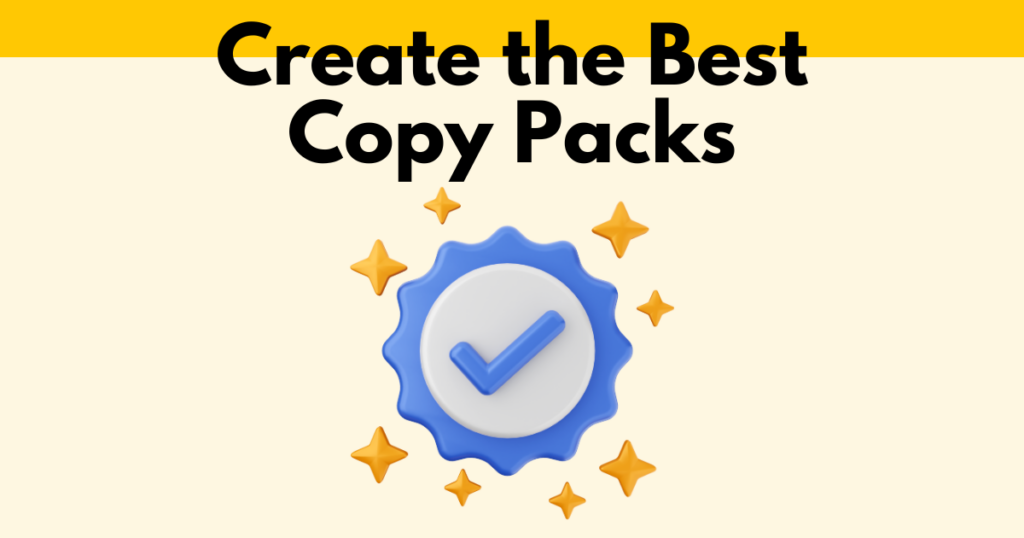
Understanding the Importance of Detailed Descriptions
For the best results with the Copy Pack generator, start with a strong prompt. The better the input, the better the result.
You don’t need to be an AI expert – just make sure your prompt is clear and reasonably detailed.
Generate content multiple times if needed, and experiment with different levels of detail to find what works best.

To learn more about creating Copy Packs, see the Step-by-Step Copy Packs Tutorial.
Steps to Writing Effective Descriptions
Use these steps to craft powerful AI prompts for the Copy Pack generator.
1. Define Your Product
Clearly state what your product is. This sets a clear foundation for what you’re offering.
Example A: A productivity workbook with tools to help users manage their time and tasks better.
Example B: A moon garden planner that shows how to plan and maintain a garden based on the moon’s phases.
2. Identify Your Target Audience
Describe who your product is for. This makes sure the description matches the needs of the right people.
Example A: The productivity workbook is for busy professionals.
Example B: The moon garden planner is for gardening enthusiasts.
3. Address the Problem
Explain the problem your product solves. This shows why your product is useful.
Example A: The workbook helps with managing time effectively when schedules are busy. It offers practical strategies and techniques.
Example B: The moon garden planner helps users time their gardening tasks according to lunar cycles to make their garden thrive.
4. Add Relevant Details
Include any extra details that might be useful for your audience.
Example A: The workbook includes practical worksheets, real-life examples, and step-by-step plans.
Example B: The moon garden planner has moon phase calendars, planting guides for lunar cycles, and tips for seasonal gardening.
5. Craft Final Prompt
Combine the key elements from the previous steps to create a clear and concise prompt phrase.
Aim for 10-25 words that capture the essence of your product, target audience, and problem it solves.
Example A: “Productivity workbook for busy professionals to enhance time management and work-life balance with practical, actionable strategies and tools.”
Example B: “Moon garden planner for gardening enthusiasts looking to optimize plant growth using lunar cycles and seasonal gardening techniques.”
Simple vs Detailed Prompt Comparisons
Here’s how different prompts can affect the results. These examples show why detailed descriptions matter.
Comparison 1: Productivity workbook
Content Pack: Social Content
Option: Creative Analogy Post Ideas
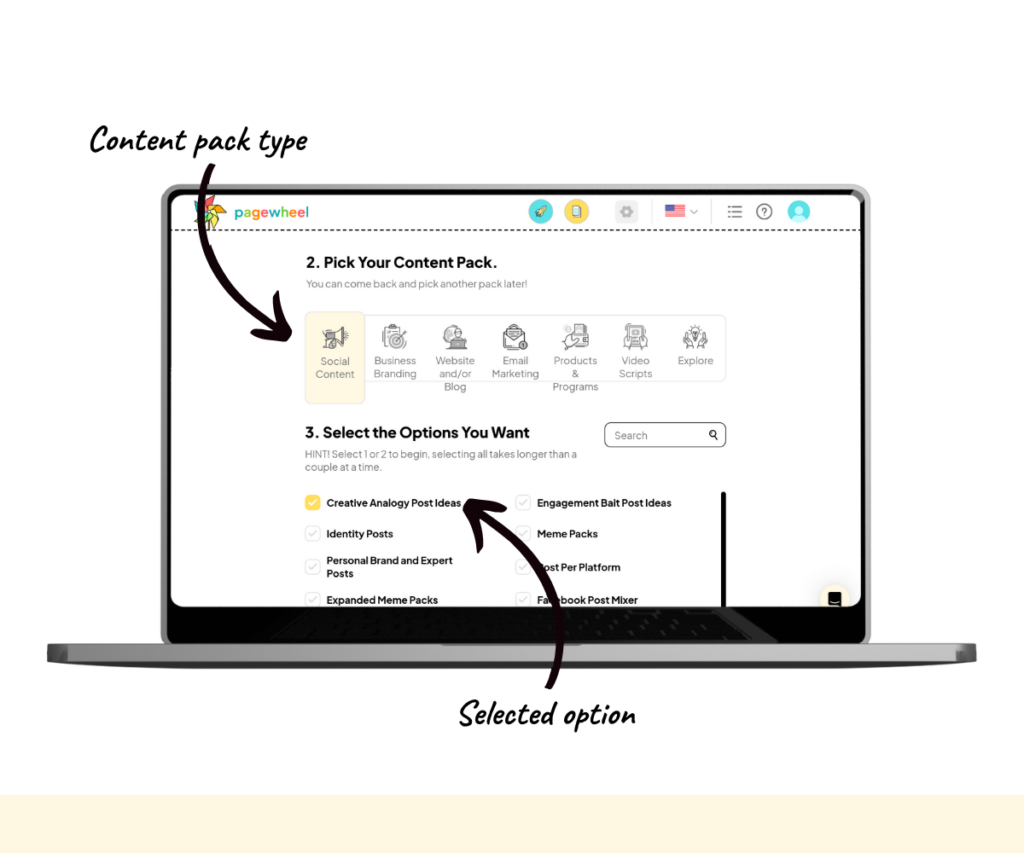
Before
Prompt: “productivity workbook”
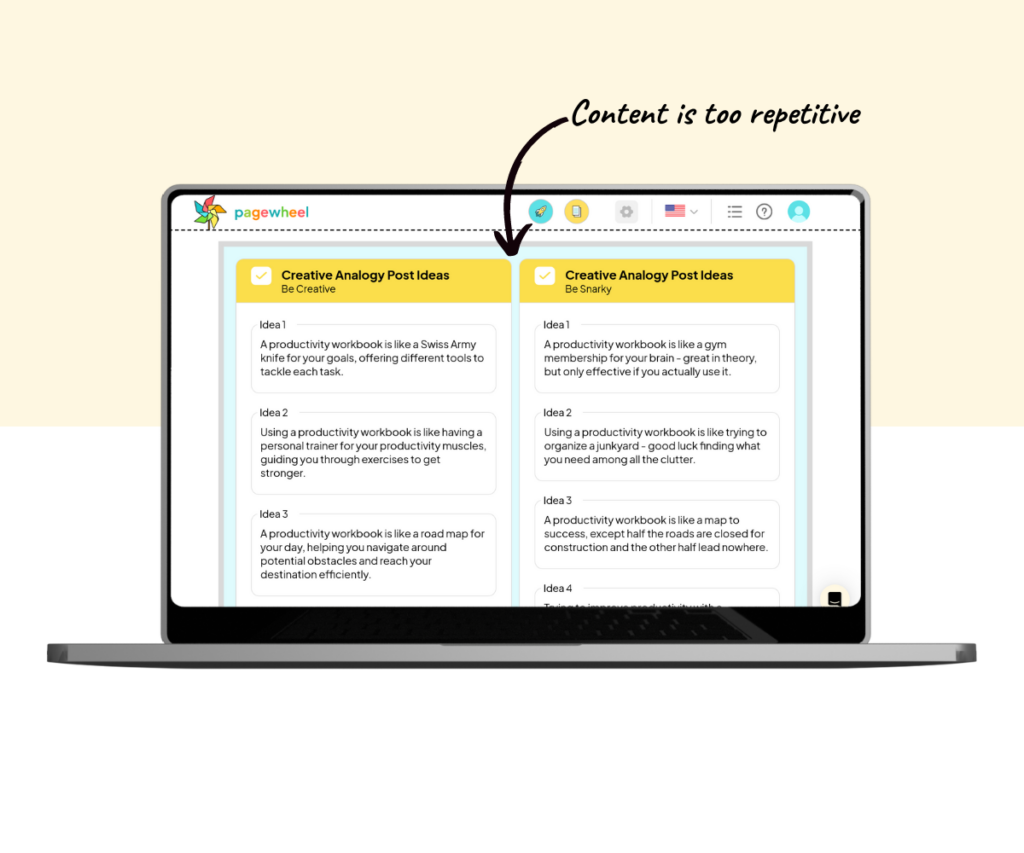
This simple prompt leads to repetitive content. The text feels predictable and less engaging.
After
Prompt: “productivity workbook for busy professionals to enhance time management and work-life balance with practical, actionable strategies and tools.”
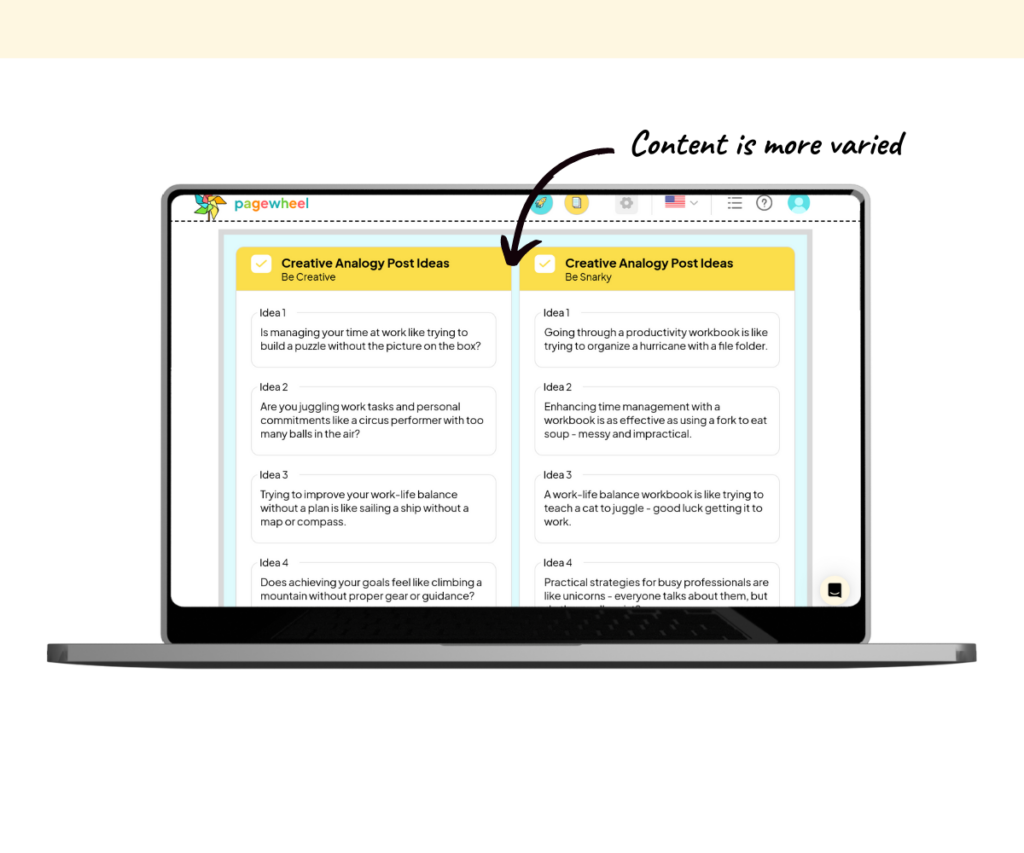
With a more detailed prompt, the content is much more varied. It’s more interesting and better suited to the target audience.
Comparison 2: Digital Marketing Workbook
Content Pack: Website and/or Blog
Option: Viral Hooks & Descriptions
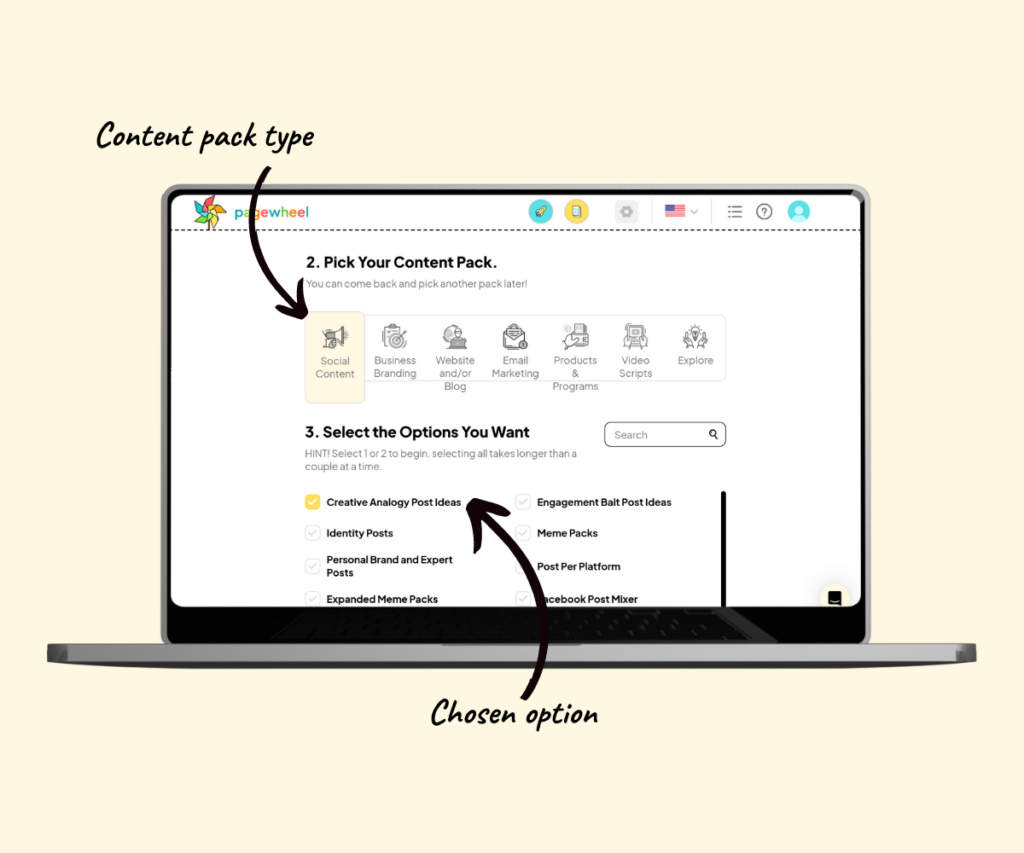
Before
Prompt: “digital marketing workbook”

This simple prompt results in content that is too general. It lacks details about the target audience and the content of the book.
After
Prompt: “digital marketing workbook for small business owners looking to boost their online presence with practical tips, actionable strategies, and comprehensive guides.”
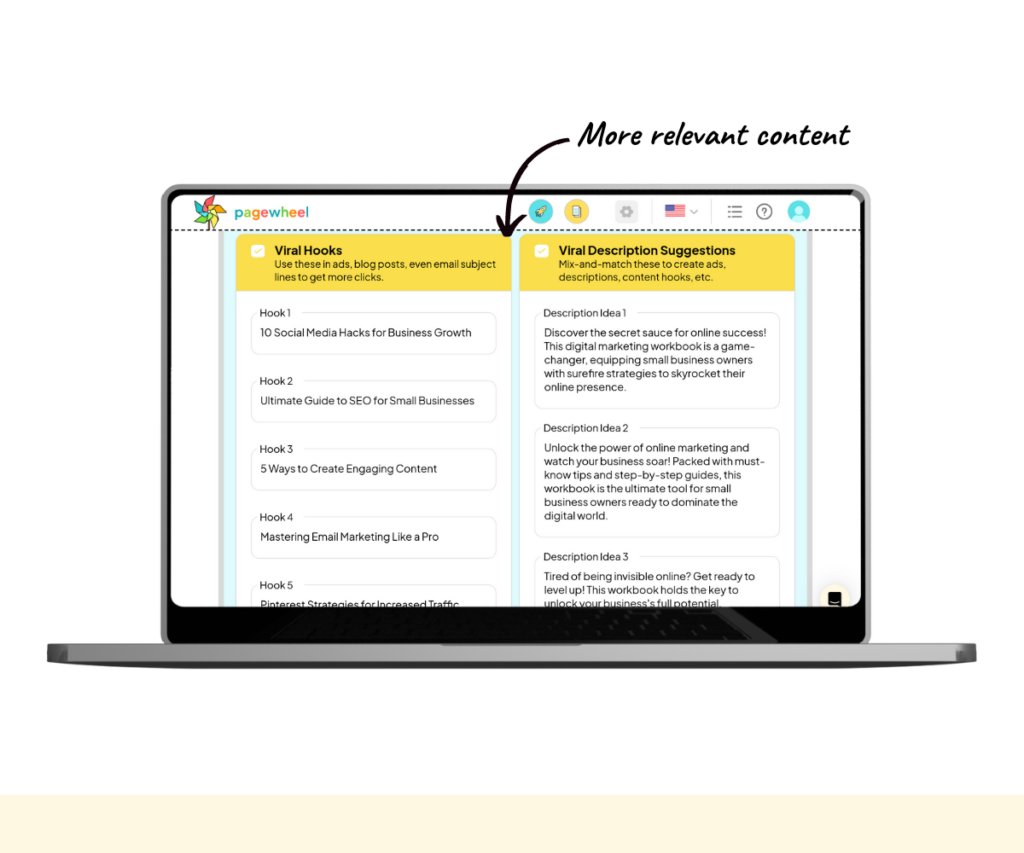
Using the detailed prompt makes the content more relevant to the audience and highlights what’s inside the book.






